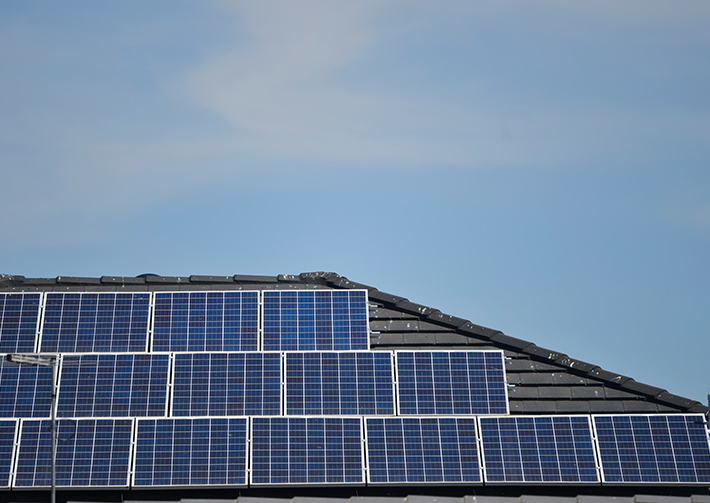The NSW Department of Planning, Industry and Environment is proposing changes that would make it easier to install cost-saving battery storage and PV systems. The changes would allow residential or commercial PV installations, and associated storage infrastructure, to be considered as exempt developments i.e. very low impact developments, potentially removing the need to submit a development application to council.
Issued in 2007, the State Environmental Planning Policy (SEPP) has a lot of catching up to do with the rapidly evolving renewable energy technologies. Currently, the SEPP does not address batteries and applies thresholds and upper limits for rooftop PV based on old capacities, and the NSW government acknowledges this needs to change.
Today, rooftop panels can produce far more electricity from a smaller area, making the current capacity thresholds obsolete. In this regard, the NSW DPIE has proposed some changes, such as: removing the capacity threshold for exempt (10kW) and complying development (10kW – 100kW) and have all solar energy systems developed under the exempt development planning approval pathway.
As per systems above 100 kW in residential zones or installed by or on behalf of a public authority on any land, it has proposed to remove the upper limits from the SEPP while maintaining protection against inappropriately large developments through the existing assessment process undertaken by planning authorities.
Currently, the development of electricity storage systems has been carried out as ancillary development to electricity generating works, such as wind and solar farms, and has not required an independent land use definition, meaning that under the current planning framework it is not clear whether development approval for standalone electricity storage systems can be obtained, as it is not defined.
In addition to amending the definition of the electricity transmission or distribution networks in the SEPP to include electricity storage, the NSW DPEI also proposes to provide for the exempt development of electricity storage associated with solar and wind energy systems.
The community is invited to have their say on proposed changes which would allow residents and businesses to install electricity storage technologies such as batteries.
Modern energy system
“Electricity storage technologies, such as utility and residential batteries, are becoming more efficient and affordable and their take-up is fundamental to our energy future,” said Executive Director of Planning Policy Luke Walton. “Our planning system needs to keep pace with changing technology and community expectations. If we can make it easier for people to install cost-saving electricity infrastructure then we should do so.”
Noting that the aim is to provide a modern, secure and affordable energy system, Walton said: “Electricity storage and larger, more efficient residential and commercial solar energy infrastructure are critical if we are to properly prepare for a future that relies increasingly on renewable energy.”
The NSW DPEI initiative comes hot on the heels of the Australian Energy Market Commission’s call for better integration of distributed energy resources to deliver the grid of the future and hedge consumers from unnecessary network investment costs.
It also comes in the run-up to the NSW Government’s Empowering Homes Program this summer. Under the scheme, households will be able to access interest-free loans of up to $9,000 for a battery system or up to $14,000 for a solar-battery system. In an interview with Sonnen CEO of APAC Nathan Dunn, pv magazine Australia is asking what NSW needs for a successful program.
This content is protected by copyright and may not be reused. If you want to cooperate with us and would like to reuse some of our content, please contact: editors@pv-magazine.com.









Sadly You only get a certain standard of system. Unlike in Victoria You have to qualify for their grant. But at least if you can stretch your money to a better system you have that opportunity